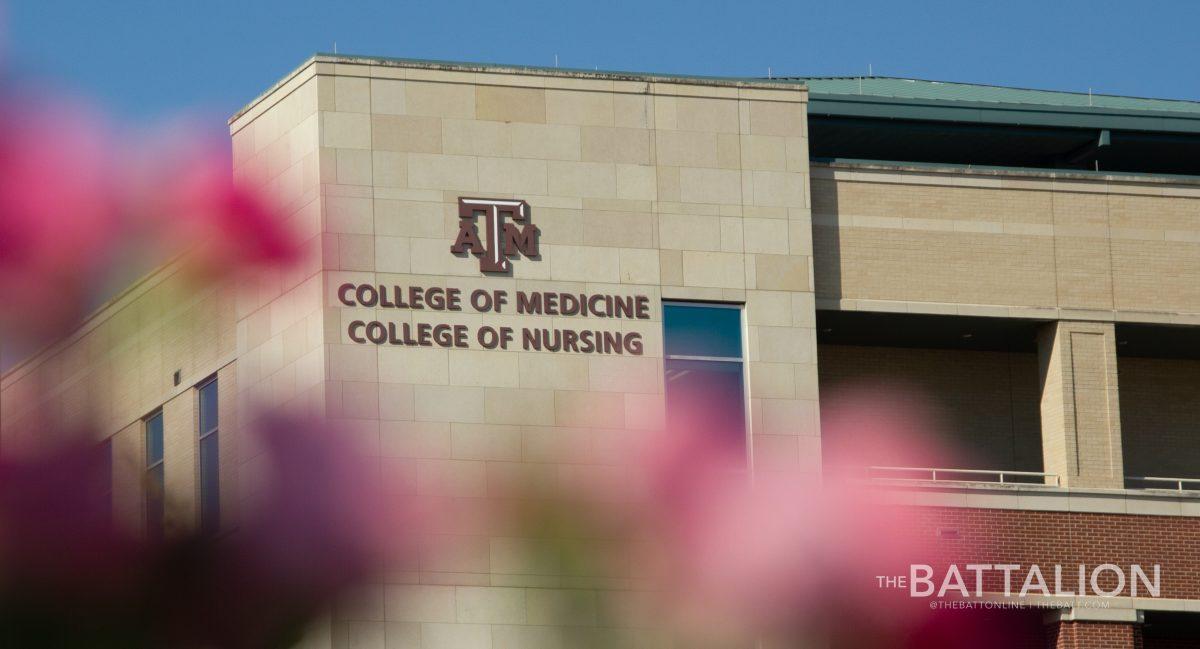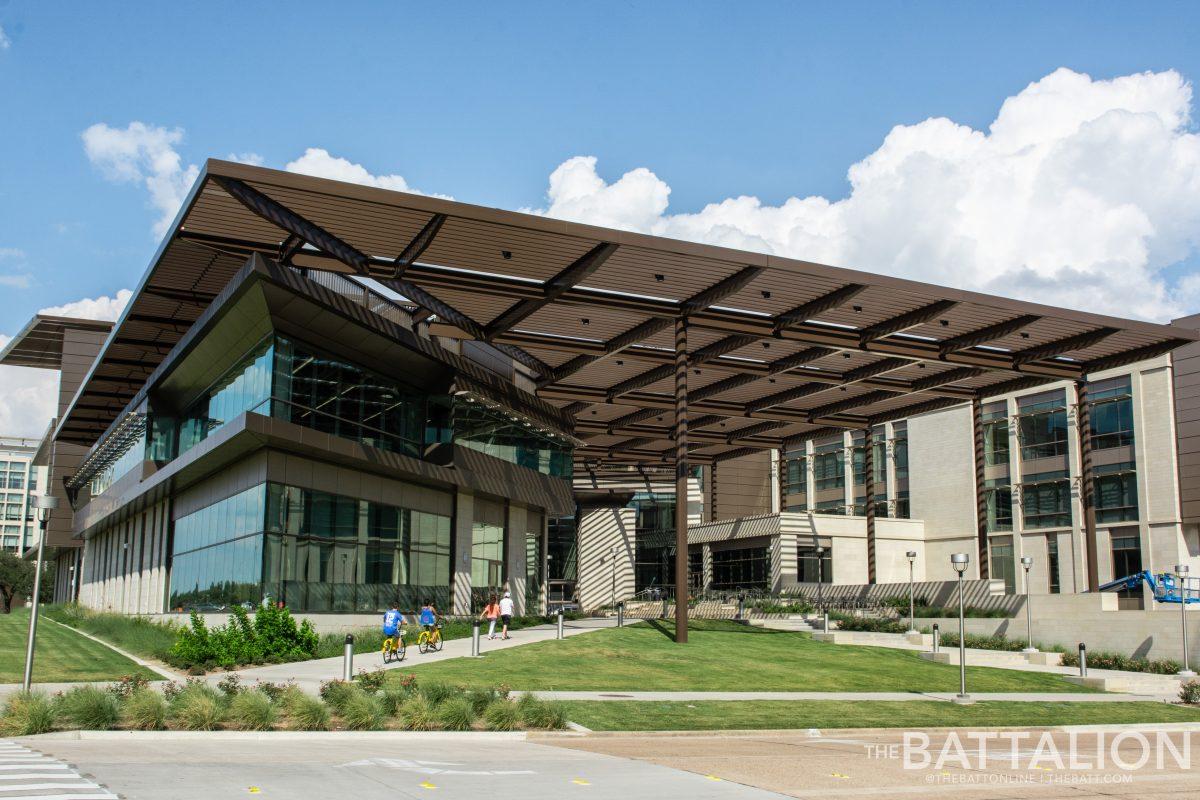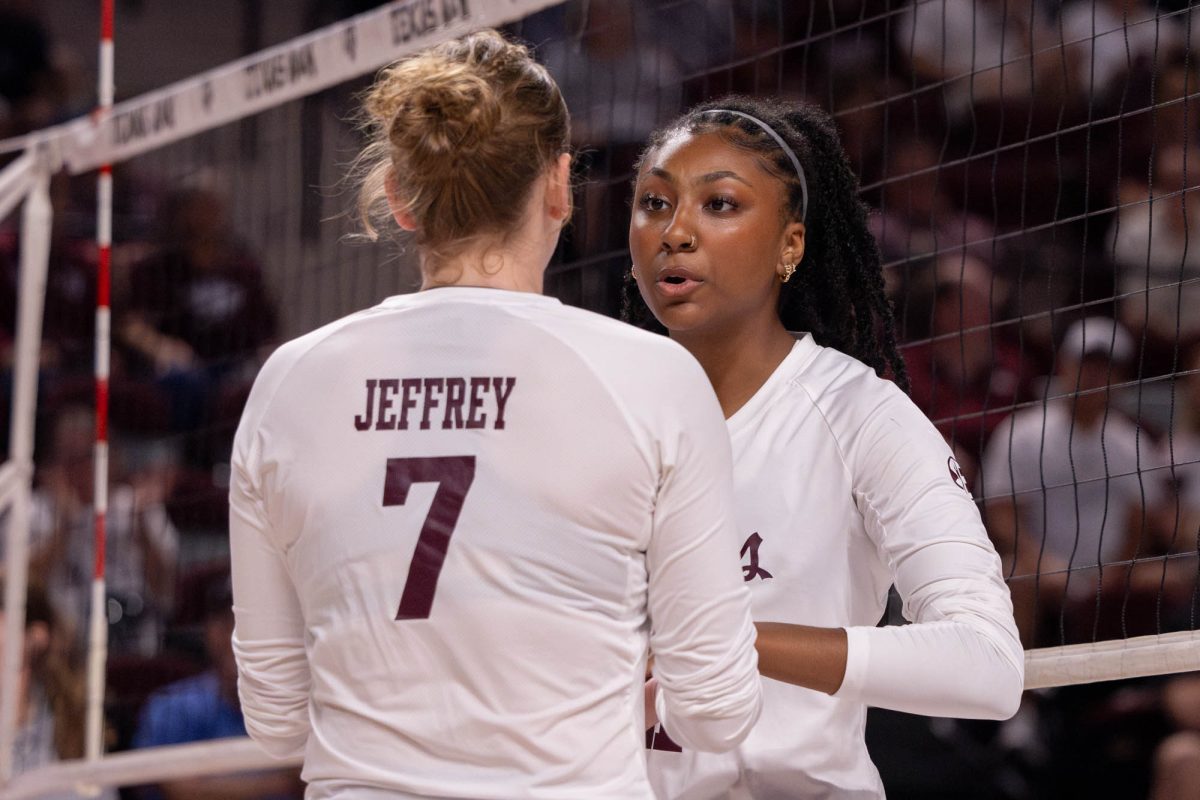It is no secret that artificial intelligence, or AI, is becoming a prominent part of modern society. Between Tesla smart cars and ChatGPT’s everyday usage, AI is introducing itself as an extremely common term in today’s vocabulary.
Ricardo Gutierrez-Osuna, Ph.D., a computer science and engineering professor, said there are many ways in which AI may be applied in the medical field.
“One will be diagnostics,” Gutierrez-Osuna said. “The classic example would be if you use an AI algorithm to analyze, for example, X-rays or any kind of medical imaging to detect tumors or any other kind of strange structures. … This can be very taxing, and so any AI or machine learning that you use to pre-screen those images may be useful.”
These images can be useful to radiologists through the increased accuracy that machines hold over humans. With the help of AI, images may be taken and read at a faster and more accurate rate, making diagnostics more convenient for patients, according to Bobak Mortazavi, Ph.D., an associate professor of computer science and engineering.
“So far, I think AI in medicine has actually been somewhat limited in terms of what people traditionally think is medicine,” Mortazavi said. “A realm which doesn’t necessarily get as much press, but I think has been very significant, is in remote, wearable and personal health monitoring.”
An example of this personal health monitoring is the nuanced technology of recording blood-glucose levels and assisting diabetics in intaking insulin properly. Another monitoring tool is fitness trackers that can track users’ heart rates and alert them of conduction issues. Despite improvements in regards to accuracy, the goal of AI is not to replace healthcare workers, according to the professors.
“The way that I see AI helping in medicine is as a complement or a supplement, not a replacement of the medical doctor,” Gutierrez-Osuna said.“ … In the end, human judgment is something that AI can’t do yet.”
However, there is still a lingering fear of a loss of jobs for healthcare workers due to heightened AI performance. Although some of this fear is validated, there is another aspect of career implications to be explored in a positive light.
“I suspect that it will take away some jobs, but it will actually add in others,” Mortazavi said.
Mortazavi spoke of a future in which, instead of a cardiologist taking the time to look at each patient, the patient will be able to be inspected remotely. Because of this, some jobs may suffer temporarily, but other jobs will be added because a workforce will be necessary to read the results of the AI scans and deliver the news to the patients.
In regards to the potential future mentioned, the proximity of its technology is often debated.
“I’ve been working on speech processing for nearly 20 years,” Gutierrez-Osuna said. “And when we started working on this around 2006, 2005, I wouldn’t predict what we’re able to do now. It was unthinkable. The things that we can do now were unimaginable then. So we’re just starting to see AI taking off.”
One of the aspects of AI that Gutierrez-Osuna thought was unimaginable in the early 2000s is deep learning. This type of modification allows AI to make complex decisions just as humans do, which was not predicted to be feasible 50 years prior.
“Deep learning is a special type of neural network,” Gutierrez-Osuna said. “Large language models, speech recognition, speech synthesis, image recognition. All of that is based on this idea of deep networks, which are very, very large neural networks.”
To Gutierrez-Osuna, it is important not to overlook the need for ingenuity within humans. No matter how much AI advances, there is an undeniable human quality for which patients have become expectant for means of comfort.
“No matter how good the AI gets,” Mortazavi said, “I think there is always going to be this human element of trust that you have with your doctor that you’re not going to have with a computer.”









